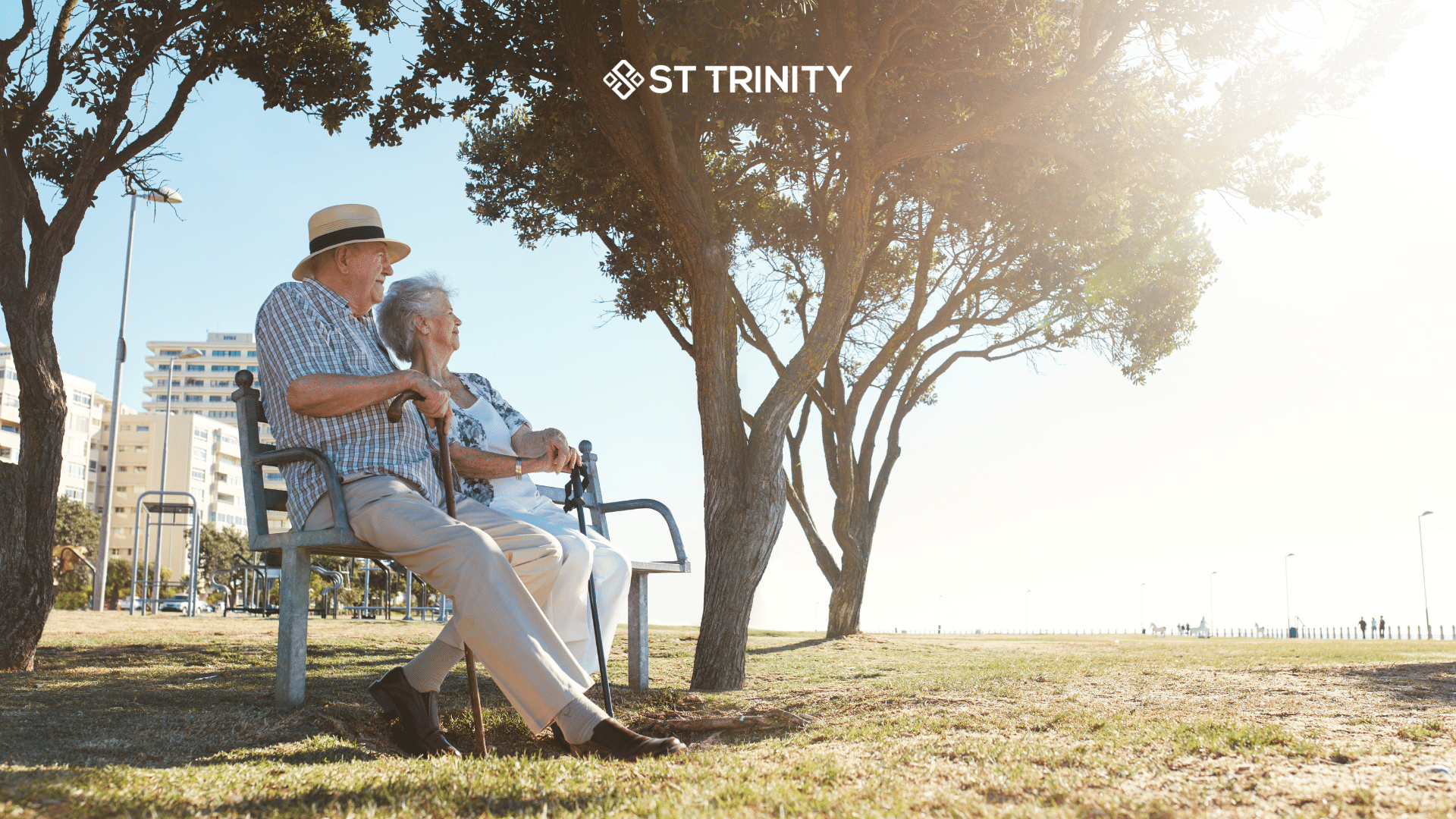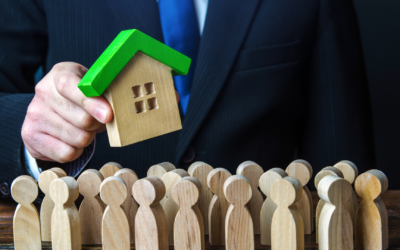Table of Contents
Why property investment should be part of your retirement planning
The Federal Government’s Retirement Income Review has now been published.
Now, more than ever before, Australians want a secure retirement, and the retirement income system is a major influence in determining whether they will have the income to achieve that goal and how comfortable they are as a result.
The Current Situation
This three-pillar system consists of:
- A means-tested Age Pension
- Compulsory superannuation
- Voluntary savings, including home ownership
Your home is the most important component of voluntary savings and is an important factor influencing retirement outcomes and how people feel about their retirement. Homeowners have lower housing costs, with the absence of a mortgage, plus it affords you an asset that you can draw down on.
Around 71 per cent of people aged 65 and over received Age Pension or other pension payments.
For most households aged 65 and over, the family home is their main asset.
Superannuation makes up a small share of their net wealth; this will change as the superannuation system matures.
What is the retirement income system?
However, in Australia, home ownership is declining. If homeownership continues to decline among younger Australians, there will be an increasing number of retirees in retirement who will rent. The challenge is that the retirement system favours homeowners, such as asset draw down and exemption of principal residence from the Age Pension assets test.
Some FACTS about Home OwnershipProportion of households by housing tenure type
In 1971, the homeownership rate for 30–34-year-old Australians was 64%, decreasing to 50% in 2016. For 25–29, the decrease was similar, 50% in 1971, decreasing to 37% in 2016.
Homeownership rates have decreased among people nearing retirement. Since 1996, homeownership rates for the 50–54 age group have dropped from 80% to 74% over the 20-year period
There are a number of key learnings from the Retirement Income Review; below are two that we’ll discuss:
1. Great news, most Australians can expect a comfortable retirement.
Most retirees today appear financially comfortable in their retirement, and most workers today can expect the same when they retire.
The Retirement Income Review defines an “adequate” retirement income as 65-to-75 per cent of workers’ pre-retirement, post-tax earnings. The typical single worker can expect to replace 88 per cent of their pre-retirement earnings, and the typical couple 82 per cent.
What does this mean for you? Whilst the above sounds positive, if you’re expectations of your lifestyle in retirement are beyond just an ‘adequate’ retirement income, then you’re going to need to look for a supplementary source. Property investment is a key pathway to supplementing your retirement income with a new stream of revenue (plus an asset that you can leverage, sell or draw upon) for a more comfortable and secure retirement.
But for those who haven’t been fortunate enough or motivated to jump on the property ladder, the situation is far more challenging.
2. Renters might be in trouble when it comes to retirement.
Our retirement income system isn’t delivering for everyone. Renters – particularly low-income renters – are at real risk of having an inadequate retirement income.
The Retirement Income Review found that about 60% of single retirees who rent their homes are in poverty, compared to about 10% of single home-owner retirees. And that number will only grow as home ownership falls.
Owning a home has a positive influence on a person’s standard of living in retirement. Whereas, in retirement, renters have higher levels of financial stress as retiree renters have much higher housing expenditures than retirees who own their homes.
So the takeouts are pretty clear:
Home ownership is declining
The two main assets held by people when they retire are their home and their superannuation.
Homeownership is an important influence on a person’s standard of living in retirement.
So, what are the options to boost retirement outcomes?
Getting on the property ladder sooner and owning your own home
Generating a passive income stream, and access to equity, through an investment property
St Trinity can help you find a home and build a property portfolio that can sustain you well into retirement.
Contact one of our Property Sales Consultants and talk about your property investment and retirement goals today (02) 9099 3412 or enquire below.
Sources: Treasury.gov.au; 2016 Census Data; Australian Institute of Health & Welfare
Disclaimer: You should always seek advice when it comes to making important financial decisions




